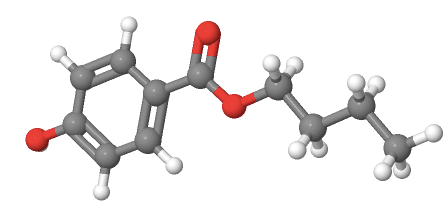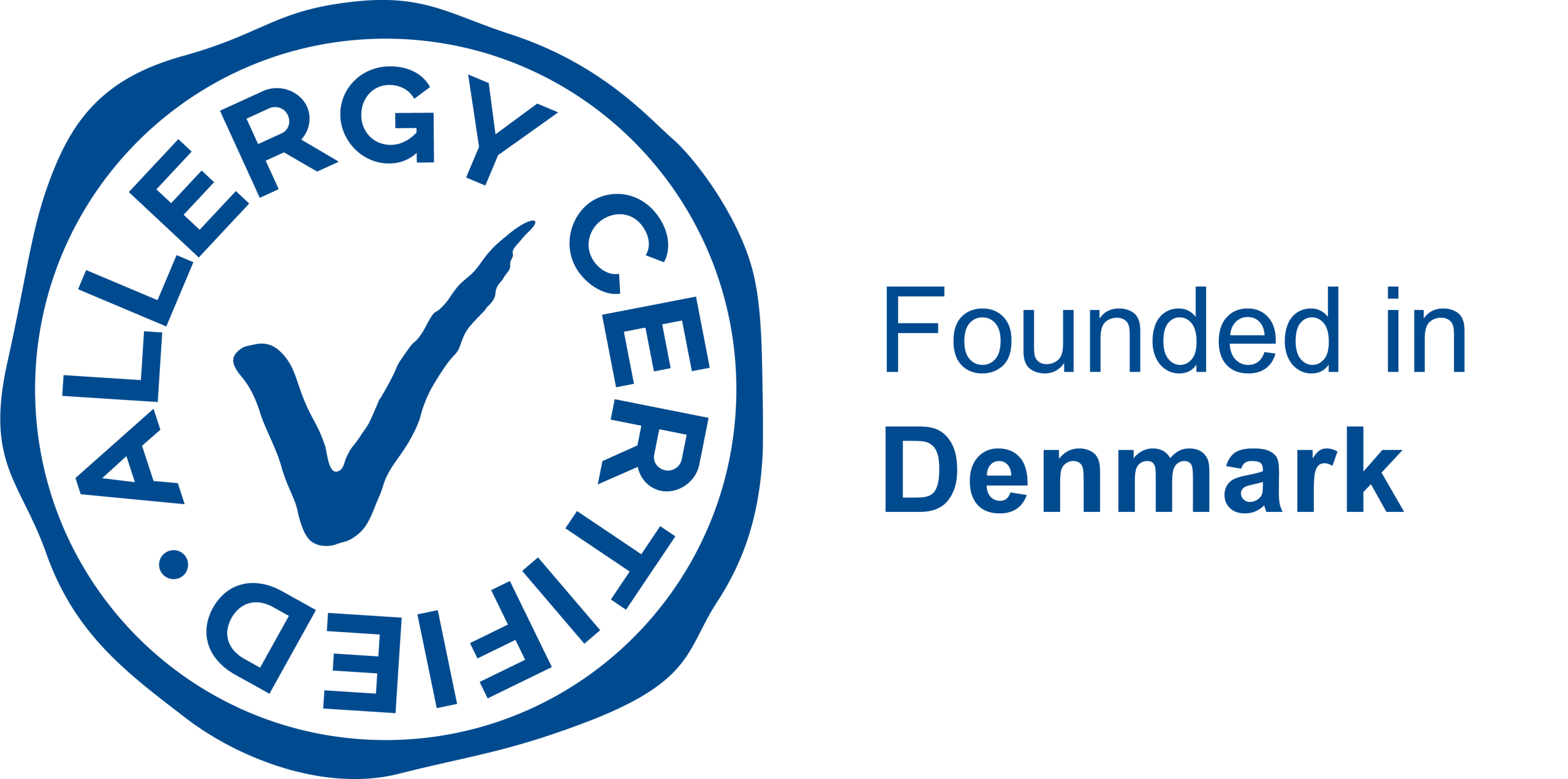Criteria

General criteria for obtaining AllergyCertified certification
If you want your products to be AllergyCertified you must be aware that there are specific chemicals which are never allowed. These are ingredients which are allergenic like perfume, and specific preservatives such as Methylisothiazolinone and Formaldehyde and its donors.
Unfortunately it’s not possible for us to make negative list of all the chemicals we don’t allow, or positive list on the ones we do allow. When it comes to allergy it not just black and white /go or not go, since skin allergy is concentration depended the concentration used in the product, the purity of the chemical and type of products its used in has a big influence whether or not a chemical be allowed. As an example we can only allow Cocamidopropyl betaine in rinse off products and it must be purified so the concentration Aminoamide is less than max 0,3% and DMAPA is max 15 ppm/part pr million. For wheat protein the protein size must be < 3500 Da.
General Requirements:
To become certified, your products need to undergo a risk assessment. For this purpose, we require all available information about ingredients and impurities in the products. The following information is necessary: INCI names, CAS numbers, the specific concentration of each ingredient, safety data sheets (SDS) for raw materials, technical data sheets (TDS), raw material dossier, and a 100% composition breakdown for raw materials (additives).
Given our daily handling of confidential information, we are accustomed to filling out and sending non-disclosure agreements. If you require an NDA with us, please inform the certification agent who will be working with your products. If you are using a manufacturer or supplier who cannot provide information due to confidentiality reasons, we can create an NDA with them, allowing them to send the information directly to us.
Ingredients not allowed:
Ingredients classified with these H-phrases are generally not allowed unless the ingredient is used in a specific product where it poses no issue, or in such low concentration that SCCS or our advisory board approves it.
Sensitization and Skin Effects:
- H310 Fatal in contact with skin
- H311 Toxic in contact with skin
- H312 Harmful in contact with skin
- H314 Causes severe skin burns and eye damage
- H315 Causes skin irritation (depends on product type and concentration: leave on, rinse off)
- H317 May cause an allergic skin reaction
Cancer:
- H350 May cause cancer
- H351 Suspected of causing cancer
Reproduction:
- H360 May damage fertility or the unborn child
- H361 Suspected of damaging fertility or the unborn child
AllergyCertified products are not allowed to contain
Perfume
- Whether synthetic or natural perfumes, essential oils, or aromas, these are not allowed. Press here for the 81 fragrance allergens.
You can find a list of substances that are not allowed or have restrictions here: Please note that the list is not definitive.
Formaldehyde and Formaldehyde Donors
- Benzylhemiformal
- 2-bromo-2-nitropropane-1,3-diol
- 5-bromo-5-nitro-1,3-dioxane
- Diazolidinyl urea
- DMDM hydantoin
- Imidazolidinyl urea
- Methenamine
- Paraformaldehyd
- Sodium hydroxymethylglycinate
- Quaternium-15
Preservatives
- Methylisothiazolinone (MI)
- Methylchloroisothiazolinone (MCI)
- Kathon MI/MCI
Acrylates
- Specific acrylates like Methacrylates are not allowed. If acrylate appears as an impurity in another ingredient, we can allow it only if there is a safe NOAEL value and the impurity is below the NOAEL value.
Extracts not allowed
- Brassica Alba Sprout Extract
- Barosma Betulina Leaf Extract
- Cystoseira Tamariscifolia Extract
- Emiliania Huxleyi Extract
- Helichrysum Angustifolium Flower Extract
- Lavandula Angustifolia Flower Extract
- Raphanus Sativus (Radish) Root Extract
- Rosa Damascena Flower Extract
- Salvia Officinalis Leaf Extract
- Thymus Vulgaris Extracts
Please be aware this is only examples of some of the extract not allowed.
Allowed Preservatives in AllergyCertified Products:
(Some are concentration-dependent)
- Benzoic acid
- Dehydroacetic Acid
- Ethylhexylglycerin
- Ethylparaben
- Methylparaben
- Phenoxyethanol
- Potassium Sorbate
- Sodium Benzoate
- Sorbic Acid
Allowed Oils in AllergyCertified Products: (Some require documentation for their purity)
- Aloe Barbadensis (Depends on the level of Anthraquinone)
- Butyrospermum Parkii Butter
- Brassica Campestris Oleifera
- Borago Officinalis Seed Oil
- Brassica Oleracea Italia
- Brassica Napus Seed Oil
- Coconut oil refined
- Cucumis Sativus Fruit
- Elaesis Guineensis Oil/Elaesis Guineensis kernel Oil
- Heliathus annuss seed Oil (Refined)
- Hydrogenated Canola Oil
- Jojoba oil Olus Oil
- Olea Europaea Oil
- Prunus Amydalus Dulcis Oil (Refined)
- Prunus Armeniaca Kernel Oil
- Persea Gratissima Ricinus Communis Oil
- Shea butter
- Simmondsia Chinensis Seed Oil
If you wish to use an oil not listed here, you can provide us with the INCI and CAS numbers for further investigation. Skin allergy is concentration-dependent, so precise concentration details of impurities are required for risk assessment.
Please be aware this is just examples, there are many more. If in doubt, you can contact us.

